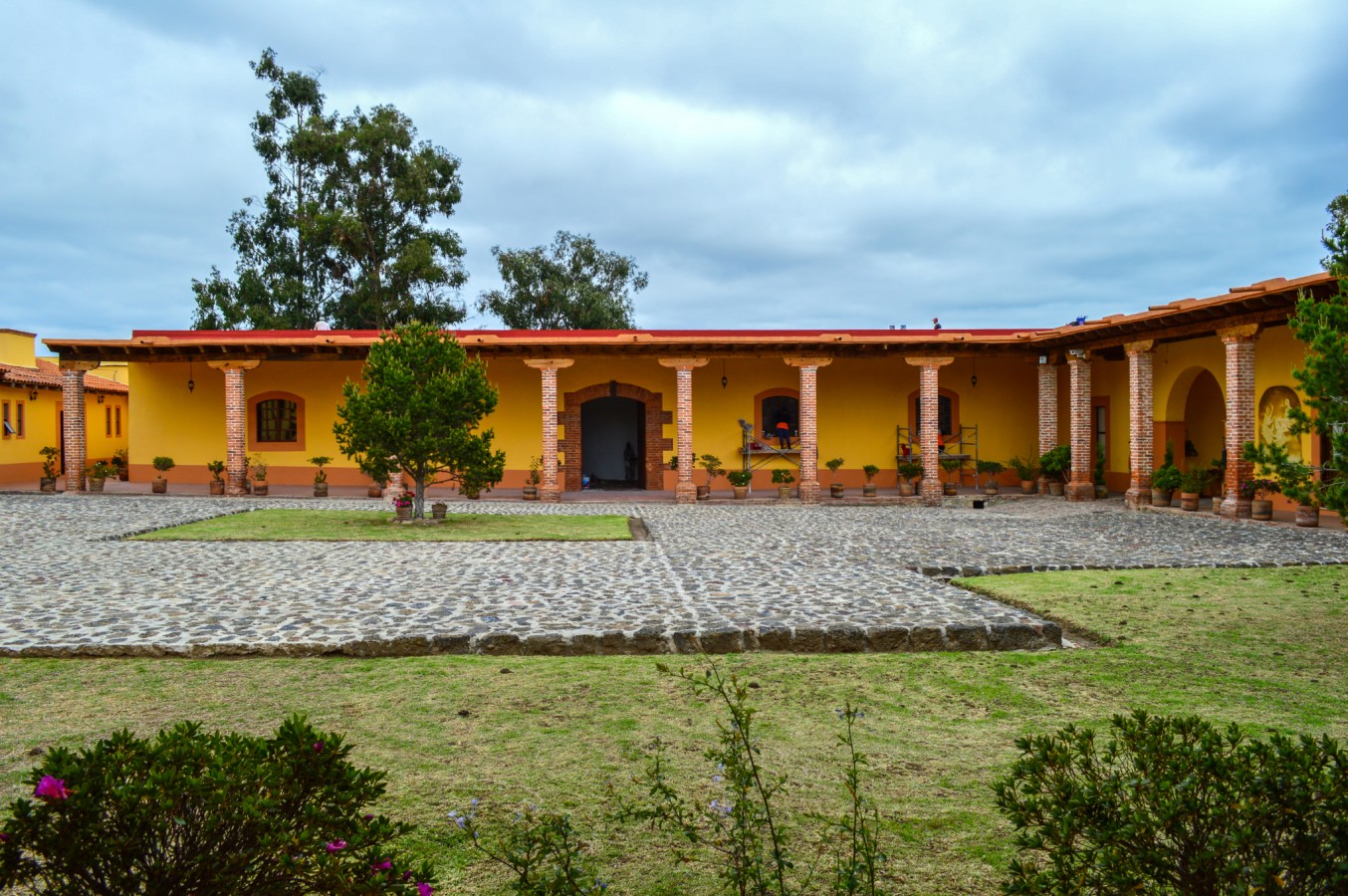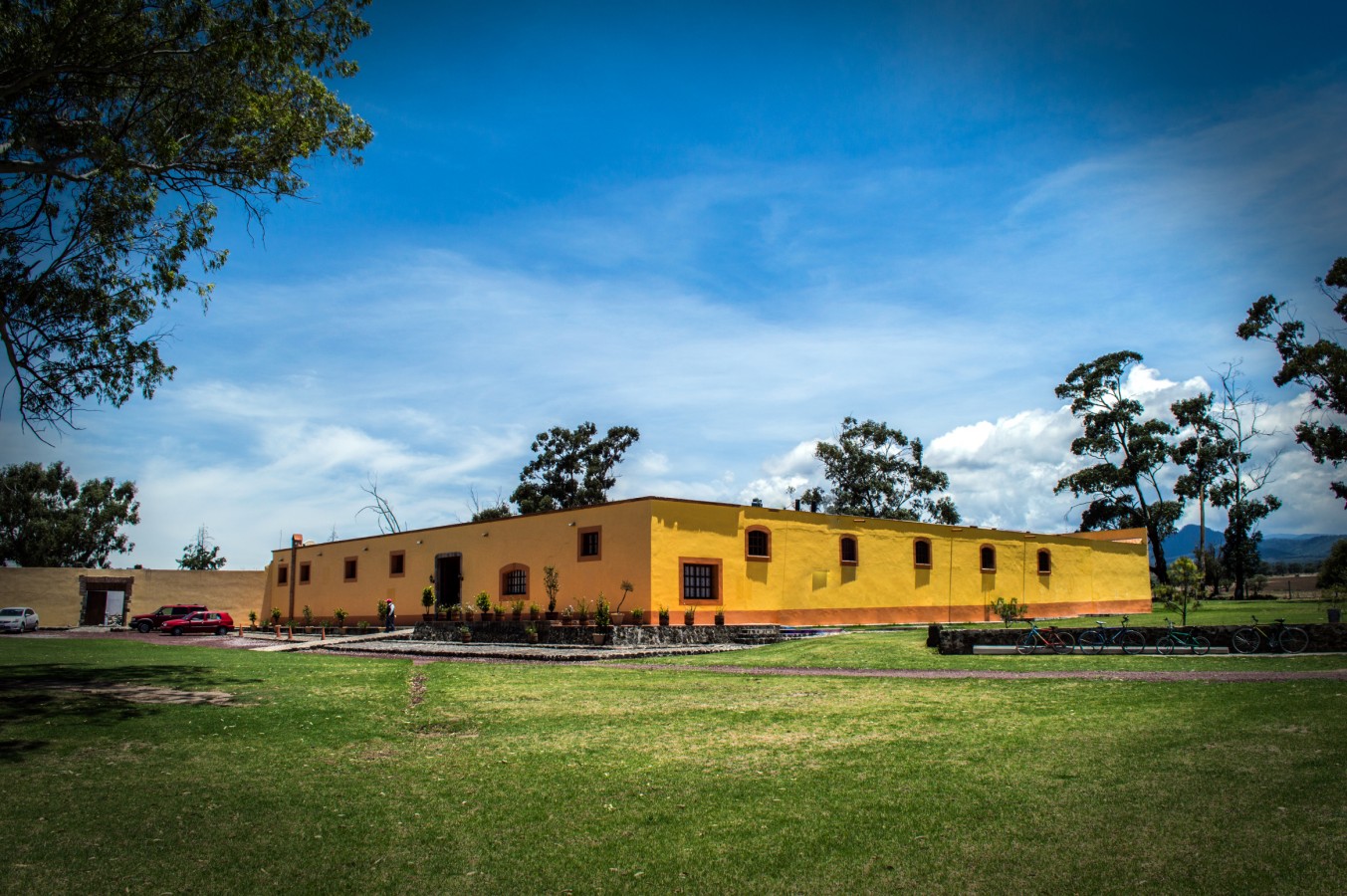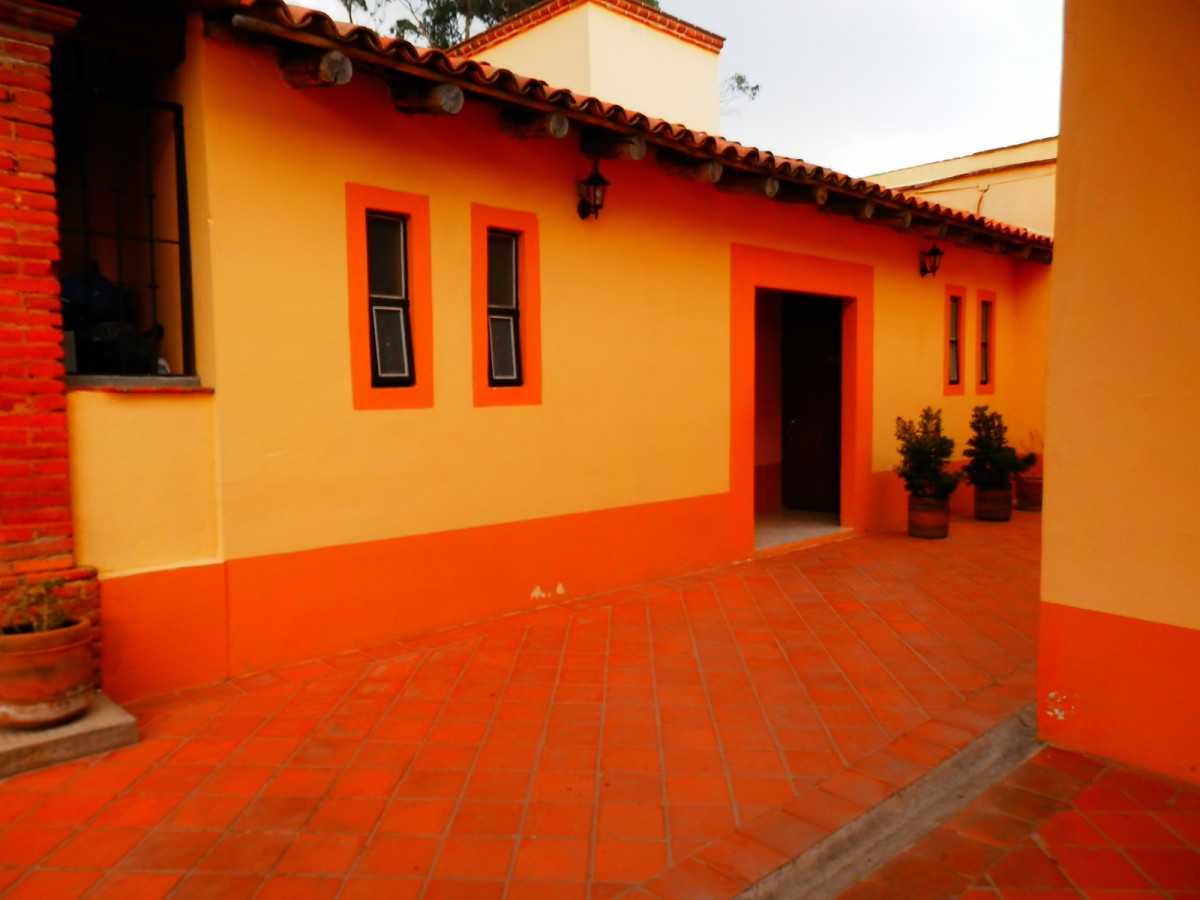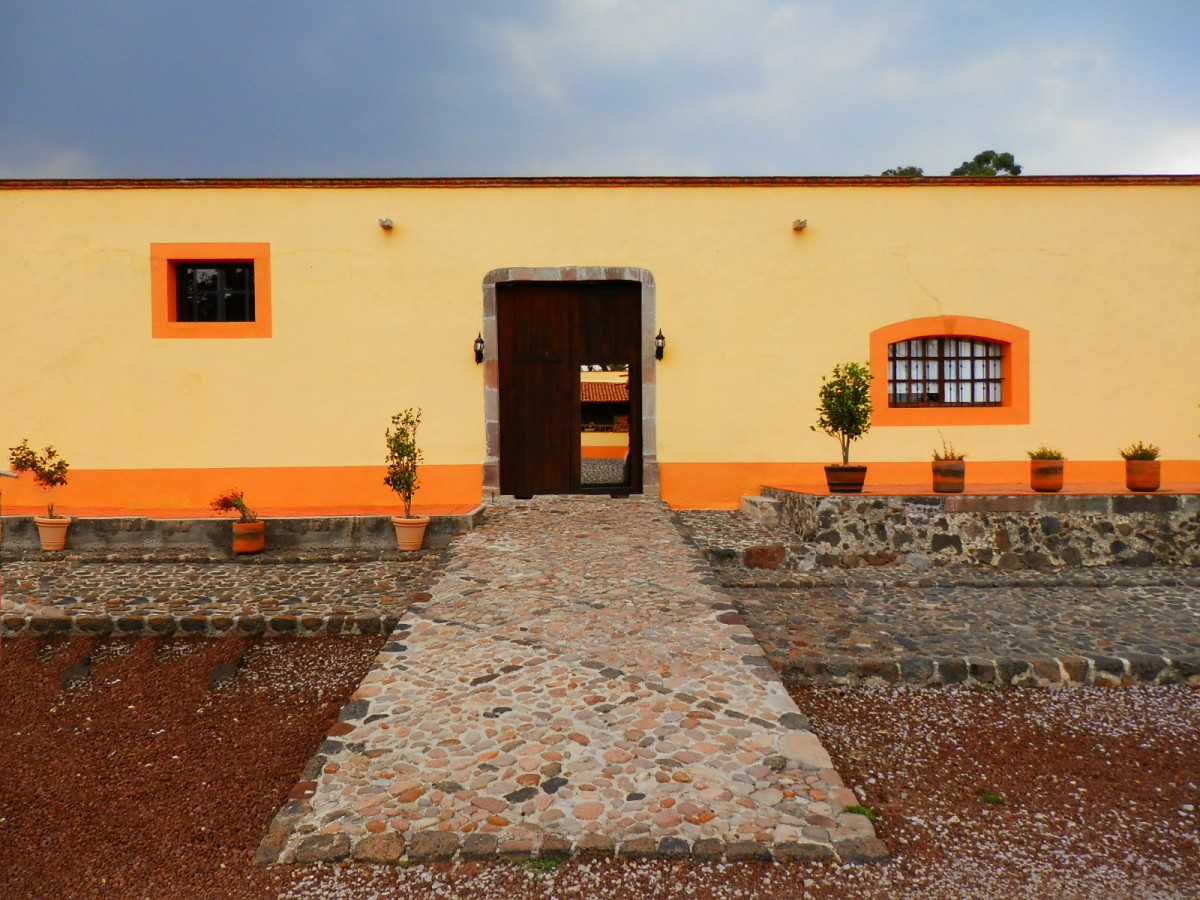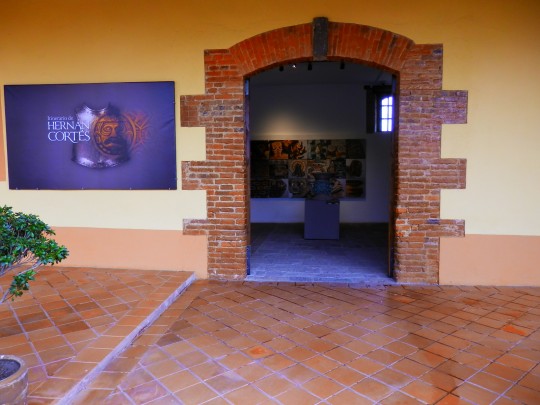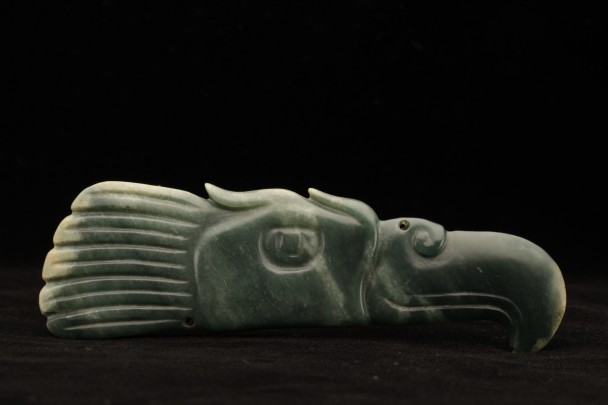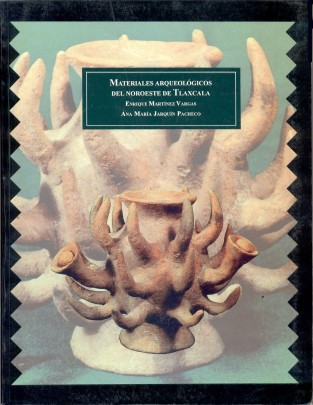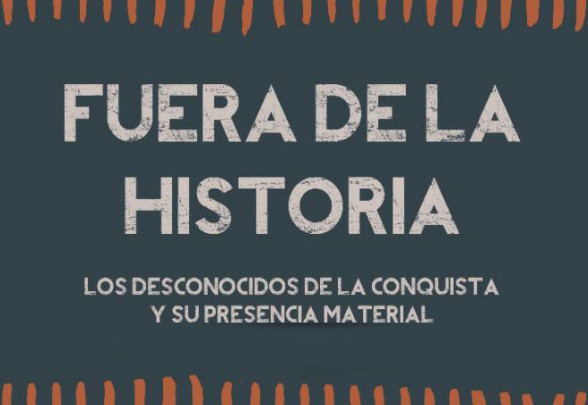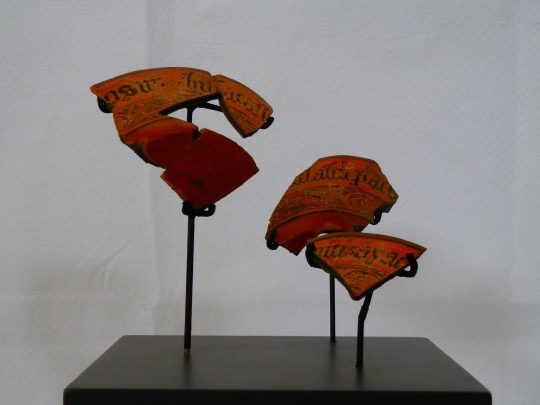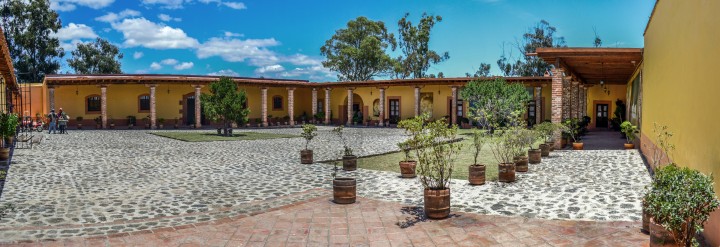Museo de Sitio de Tecoaque
An Acolhua city neighboring the state of Tlaxcala with a conflict-riven border, but also an important trading point during the hegemony of Teotihuacan and Texcoco. Part of the force of Pánfilo de Narváez, who fought against Hernán Cortés, was captured here, a critical event which left numerous remains.
About the museum
The archeological site of Zultepec-Tecoaque is in the Municipality of Calpulalpan in Tlaxcala. The former Santo Domingo de Tequixtla Ranch, within the bounds of the archeological site, was fitted out as the site museum, opening to the public on November 28, 2012.
Its objective is to share with visitors the reconstruction of a page in the history of the conquest of Mexico, the result of interdisciplinary research bringing together anthrophysical studies and a detailed review of historical sources.
A tour of the museum begins with visitor orientation. A text in the museum entrance introduces the ancient settlement, its regional history and its relationship to the conquest of Mexico, as well as the events which took place on this site.
The display features approximately 150 archeological finds from two periods of pre-Hispanic history, the Classic (250-650), and the Postclassic (1300-1521), as well as from the moment at which contact took place between the region’s Mesoamerican inhabitants and the Europeans with their indigenous allies (1520-1521). From the Classic period we can see archeological pieces which represent domestic and religious activities. From the Postclassic there is a unique polychrome piece known as an octecomatl (pulque pot), which is accompanied by an explanation of the pulque trade and pulque consumption.
From the period of the conquest there is a display of the mass burial of captives from the Villa Rica de la Vera Cruz caravan who were sacrificed in ceremonies during calendar festivities.
Its objective is to share with visitors the reconstruction of a page in the history of the conquest of Mexico, the result of interdisciplinary research bringing together anthrophysical studies and a detailed review of historical sources.
A tour of the museum begins with visitor orientation. A text in the museum entrance introduces the ancient settlement, its regional history and its relationship to the conquest of Mexico, as well as the events which took place on this site.
The display features approximately 150 archeological finds from two periods of pre-Hispanic history, the Classic (250-650), and the Postclassic (1300-1521), as well as from the moment at which contact took place between the region’s Mesoamerican inhabitants and the Europeans with their indigenous allies (1520-1521). From the Classic period we can see archeological pieces which represent domestic and religious activities. From the Postclassic there is a unique polychrome piece known as an octecomatl (pulque pot), which is accompanied by an explanation of the pulque trade and pulque consumption.
From the period of the conquest there is a display of the mass burial of captives from the Villa Rica de la Vera Cruz caravan who were sacrificed in ceremonies during calendar festivities.
November 2012
Practical information
Tuesday to Sunday from 10:00 to 15:00 hrs. Último acceso 14:00 hrs.
Free entry
Km 33 Carretera Federal México-Veracruz, No. 136, ubicado a 50 m del poblado de San Felipe Sultepec,
Calpulalpan, Tlaxcala, México.
Calpulalpan, Tlaxcala, México.
Services
-
(554) 155 02 00 ext. 2347
Directory
Director
Enrique Martínez Vargas
This email address is being protected from spambots. You need JavaScript enabled to view it.
Exposición Temporal
2019

